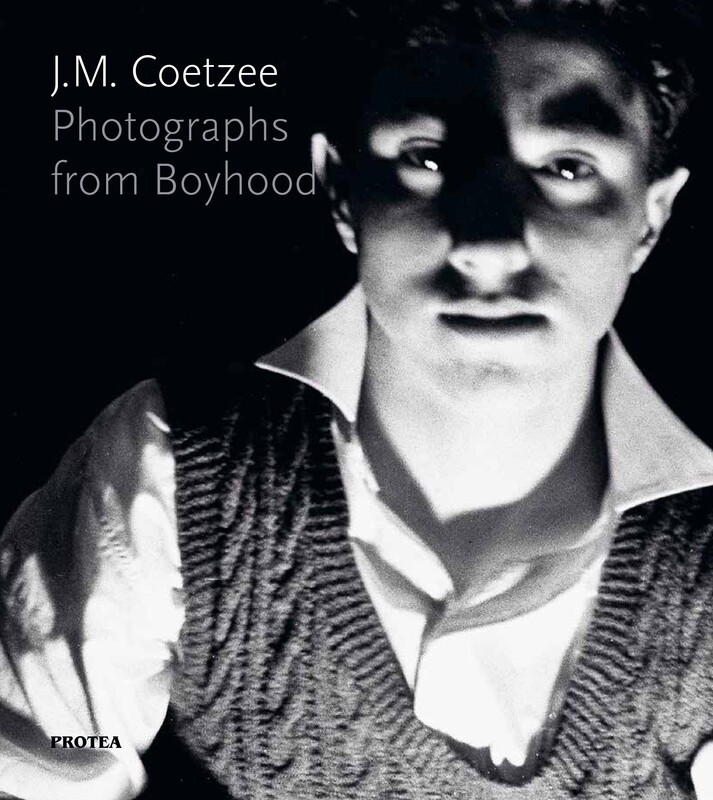
What a discovery! In 2014, years after John Coetzee and had moved to Adelaide, Australia, he decided to sell his house in Capetown, South-Africa. In the attic the new residents found, among the things he had left behind: a brown cardboard suitcase and a box. It contained not only a full darkroom equipment set (development tanks, trays, filters, measuring jars, frames, and an assortment of chemicals and photographic paper), but also a complete photographic archive of old prints and negatives that had never before seen the light.
The photographs (made with what Coetzee calls his ‘spy-camera’) date from the mid-1950s, when the Coetzee family had just moved from Worcester back to Cape Town, and John attended St Joseph’s Marist College. The images allow us to look at Coetzee’s boyhood through his own eyes. They show us his world and what was of primary interest to him: friends and teachers at school, sporting events, Cape Town’s nature and urban surroundings, the ancestral Karoo farm and family life. A subject he returned to repeatedly was his mother Vera. His photographs show his ambitions to master the medium: capturing motion at high shutter speeds, shooting in low light conditions, experimenting with flash and controlling chemical processes and exposure in the darkroom. The images are compelling in their imperfections, revealing how the young Coetzee was interested in documenting time and movement, attempting to capture life itself.
In many ways these are scenes of an unremarkable provincial life in the mid 1950s, but the playfulness, immediacy and self-awareness of many of the photographs negates a nostalgic reading. Coetzee continued practicing photography in his 20s, including the period he was working in London. For readers familiar with Boyhood (1997), the photographs are readable as an intriguing visual parallel. Neither writing nor photography can offer unmediated, truthful accounts of reality, but through the optics of Coetzee’s camera, fleeting moments of a past time have been fixed in the emulsions of the negatives.